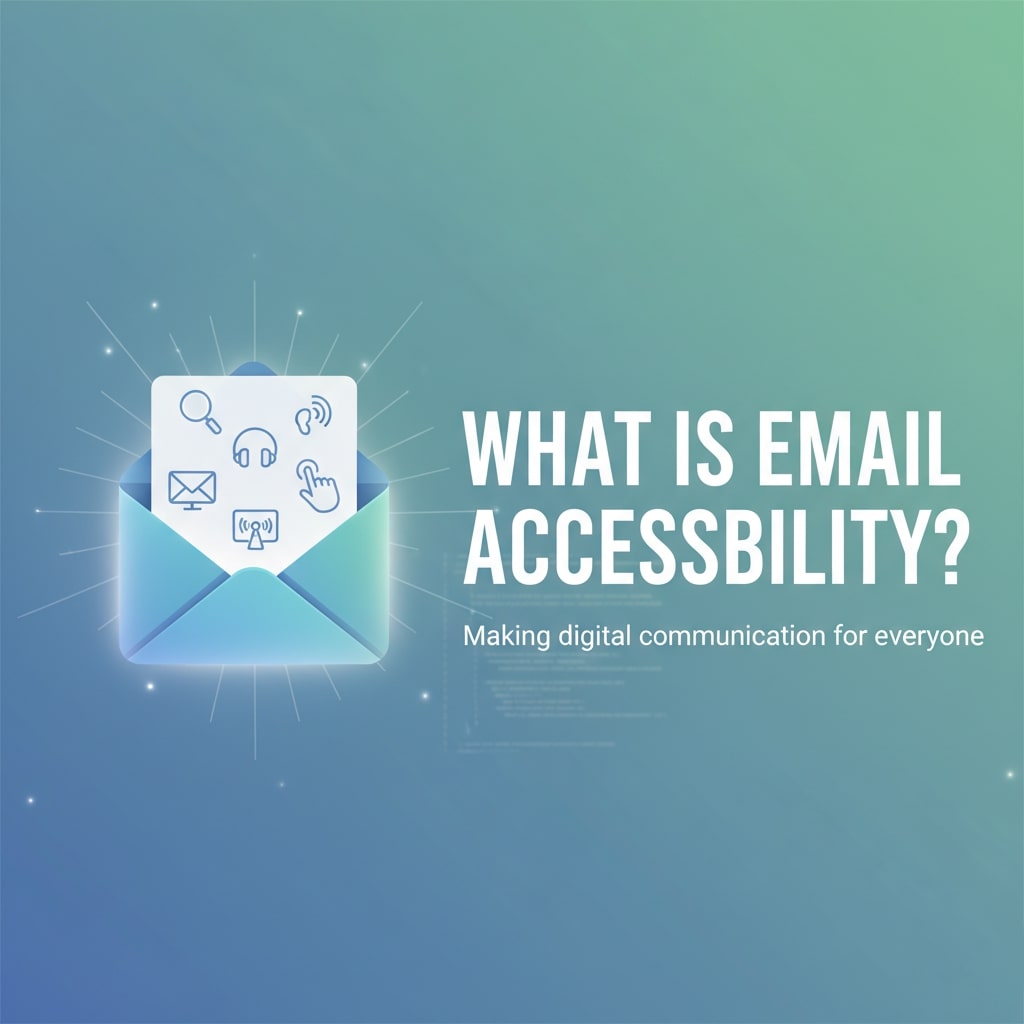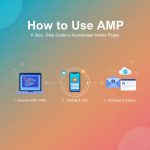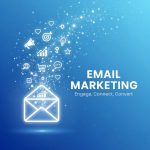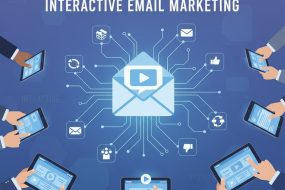
Email marketing remains one of the most powerful channels for businesses to reach prospects, nurture relationships, and drive conversions. Despite advances in social media and chat apps, email continues to deliver unparalleled ROI, making it indispensable for marketers. However, a significant portion of your audience may experience barriers when engaging with your campaigns due to disabilities or limitations in their email clients. Ensuring your email content is accessible means adopting design and coding practices that allow everyone — including people with visual impairments, hearing loss, mobility challenges, and cognitive differences — to read, navigate, and interact with your messages. Beyond ethical considerations, prioritizing email accessibility helps you comply with legal requirements, improve deliverability, and enhance brand reputation. In this comprehensive guide, we’ll delve into the principles of accessible email design, explore relevant standards, and outline actionable best practices to make your next email campaign inclusive and effective.
What is Email Accessibility?

Email accessibility is the practice of creating email campaigns that can be perceived and interacted with by people who have a range of disabilities. This includes individuals who use screen readers to interpret on-screen content, those with low vision or color blindness, people who rely on keyboard navigation, or those who struggle with cognitive processing. Accessible emails are built using semantic HTML structure, alternative text for images, clear and concise language, and high-contrast color schemes, among other techniques. By following these guidelines, you ensure that assistive technologies can accurately convey your message, preserving both meaning and functionality. When you adopt accessible design, you also improve compatibility across different devices and email clients, leading to more consistent rendering and higher engagement rates. Ultimately, email accessibility is about building empathy into your marketing strategy and guaranteeing that no subscriber is left behind simply because of how they access or process information.
Why Email Accessibility Matters
Making your email marketing accessible is not just a matter of ethics — it’s a smart business strategy. Over one billion people worldwide live with some form of disability, ranging from vision and hearing impairments to motor and cognitive challenges. When you exclude these individuals, you reduce your addressable market and miss potential customers. From a legal perspective, many countries enforce accessibility regulations, such as the Americans with Disabilities Act (ADA) in the United States and the Equality Act in the UK. Non-compliance can lead to reputational damage and costly litigation. Moreover, accessible emails often perform better in spam filters, as well-structured code and valid HTML are less likely to be flagged as suspicious. By prioritizing accessibility, you signal to subscribers that your brand values inclusivity and user experience, fostering loyalty and trust over the long term.
Key Accessibility Standards and Guidelines
Email accessibility guidelines borrow heavily from web accessibility standards established by organizations like W3C. Key frameworks and regulations include:
- WCAG 2.1 (Web Content Accessibility Guidelines)
- Section 508 of the Rehabilitation Act
- EN 301 549 European Accessibility Standard
Best Practices for Accessible Email Design
1. Use Descriptive Alt Text for Images
Alternative text (alt text) is a critical attribute that provides a textual description of images to readers who cannot view them. When a screen reader encounters an image, it reads out the alt text, conveying the image’s purpose and content. To write effective alt text, keep descriptions concise — ideally under 125 characters — and focus on the function of the graphic. For decorative images that do not add informational value, use an empty alt attribute (alt=””) to ensure screen readers skip them. Avoid redundant phrases like “image of” or “picture of” since assistive technologies already announce the presence of an image. Implement alt text for logos, product photos, and icons to ensure your audience understands the full context of your design. Proper alt text not only enhances accessibility but also improves email load times and reduces the risk of miscommunication.
2. Ensure Sufficient Color Contrast
In accessible email design, color contrast between text and background is crucial for readability, especially for users with low vision or color blindness. The Web Content Accessibility Guidelines (WCAG) recommend a minimum contrast ratio of 4.5:1 for normal text and 3:1 for large text (defined as 18pt or 14pt bold). To test contrast ratios, use tools like WebAIM’s Contrast Checker or Coolors Contrast Checker, supplying your text and background hex values. Avoid relying solely on color to convey meaning — for example, don’t use red text alone to indicate important information. Supplement color differences with visual cues like underlines, icons, or bold formatting. When selecting brand colors, consider accessibility early in the design phase to ensure your palette meets contrast requirements. By prioritizing color contrast, you make your emails legible to a broader audience and reduce eye strain for all readers.
3. Structure Your Email with Semantic Markup
Semantic HTML tags provide a meaningful structure to your email content, enabling screen readers and email clients to interpret your layout accurately. Use heading tags (<h1> through <h6>) and wrap related items in unordered (<ul>) or ordered (<ol>) lists. Paragraph tags (<p>) should enclose blocks of text, while tables may be used for tabular data — but avoid using tables for layout purposes, which can confuse assistive tools. Proper markup improves navigation: screen readers allow users to jump from heading to heading, skip to the main content, or locate lists efficiently. Additionally, well-structured HTML supports responsive design, ensuring that your email adapts to different screen sizes and devices. When coding your template, validate your HTML and eliminate deprecated tags to maintain compatibility across popular email clients.
4. Provide a Text-Only Version
Many email clients and assistive technologies automatically strip out HTML and CSS, falling back to the plain text version of your email. Including a text-only alternative ensures that recipients who disable images or prefer simpler formats still receive your message. This version should mirror your HTML content in a linear reading order, with clear headings, URLs, and list markers (such as hyphens for list items). Avoid embedding long URLs directly — instead, provide descriptive link text followed by the full URL in parentheses. Use line breaks to separate sections, and employ simple formatting like asterisks or underscores for emphasis. A well-crafted text version not only enhances accessibility but also improves deliverability, as some spam filters view missing or poorly formatted plain text alternatives as a red flag.
5. Use Clear and Simple Language
Clear and concise language benefits all readers — not just those with cognitive challenges or reading disabilities. Aim to write at an 8th-grade reading level or lower by using short sentences, familiar words, and the active voice. Avoid jargon, complex idioms, or overly technical terms unless your audience expects them, in which case, provide brief explanations. Break long paragraphs into shorter ones, and use bulleted or numbered lists to present multi-step instructions. Headings and subheadings guide scanning and help users find relevant sections quickly. Whenever possible, minimize abbreviations and acronyms, or spell them out on first reference. By simplifying your copy, you reduce cognitive load, increase comprehension, and create a more engaging experience for every subscriber.
6. Make Links and Buttons Accessible
Inclusive email design ensures that interactive elements like links and buttons are easily identifiable and operable via keyboard and screen readers. Use descriptive link text that communicates the destination or action, such as “Download our accessibility checklist” instead of generic “click here.” For buttons, make sure they are coded as <button> elements or links with button-like styling, and include accessible ARIA labels when necessary. Provide sufficient padding around clickable areas so that users with motor impairments can tap them accurately on touch devices. Ensure your CTA buttons have clear focus indicators — for example, an outline or color change when tabbing through elements. Validate your email using keyboard-only navigation to confirm that all interactive items are reachable and announced properly by screen readers.
Testing and Validation Tools
To guarantee your email meets accessibility standards, leverage specialized testing tools that simulate diverse user experiences. Litmus offers an Accessibility Checker that highlights issues like missing alt text and low contrast. Microsoft’s Accessibility Insights tool can scan your HTML and flag WCAG violations. Email on Acid provides previews across email clients, ensuring your semantic markup and CSS render correctly. For manual testing, review your email by toggling image display, navigating with keyboard only, and using popular screen readers such as NVDA or VoiceOver. Regular audits of your templates before sending help you catch and fix accessibility barriers, leading to more reliable and inclusive campaigns.
- Litmus Accessibility Checker
- Microsoft Accessibility Insights
- Email on Acid
Case Study: Inclusive Email Campaign Success

Nonprofit ImpactAccess launched a campaign promoting an upcoming webinar on disability awareness. They audited their existing newsletter template by running it through Litmus and manually testing with VoiceOver on macOS. Key changes included writing descriptive alt text for all images, adjusting brand colors to meet WCAG contrast ratios, and adding a comprehensive text-only version. They also restructured their layout with semantic headings and provided accessible buttons with clear labels. After implementing these improvements, the open rate increased by 12%, and the click-through rate rose by 18%. Feedback from attendees noted the ease of navigation and clarity of content. By prioritizing accessibility, ImpactAccess not only complied with legal standards but also strengthened its relationship with a broader audience.
Conclusion
Inclusive email marketing requires intentional design decisions and a commitment to continuous improvement. By adopting best practices like descriptive alt text, sufficient color contrast, semantic structure, and text-only alternatives, you ensure that every subscriber can engage with your content, regardless of ability. Accessibility not only broadens your reach but also enhances brand credibility and fosters trust. Regularly audit your templates with automated tools and real user testing to catch emerging issues and refine your approach. Start small by addressing the most critical barriers, then gradually integrate more advanced techniques into your workflow. Ultimately, accessible email campaigns lead to higher engagement, better deliverability, and a more equitable digital experience. Embrace accessibility today to build stronger connections and drive meaningful results in your email marketing efforts.


















No Comments